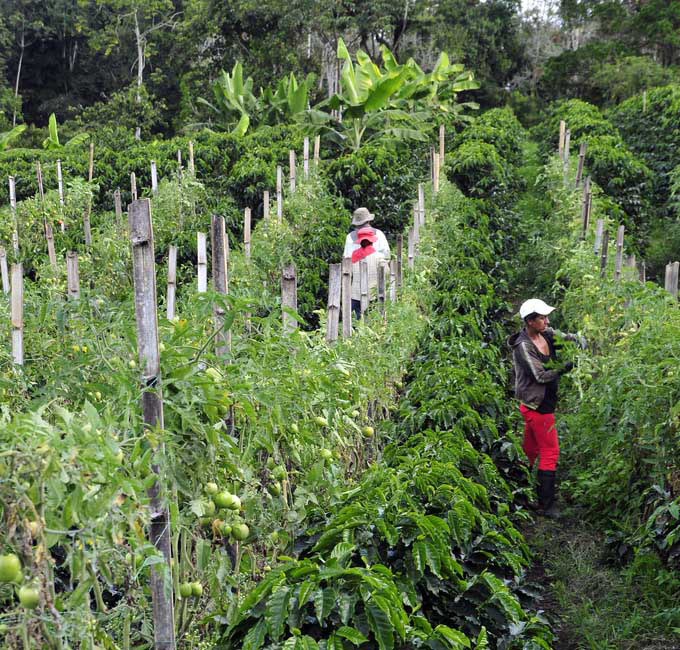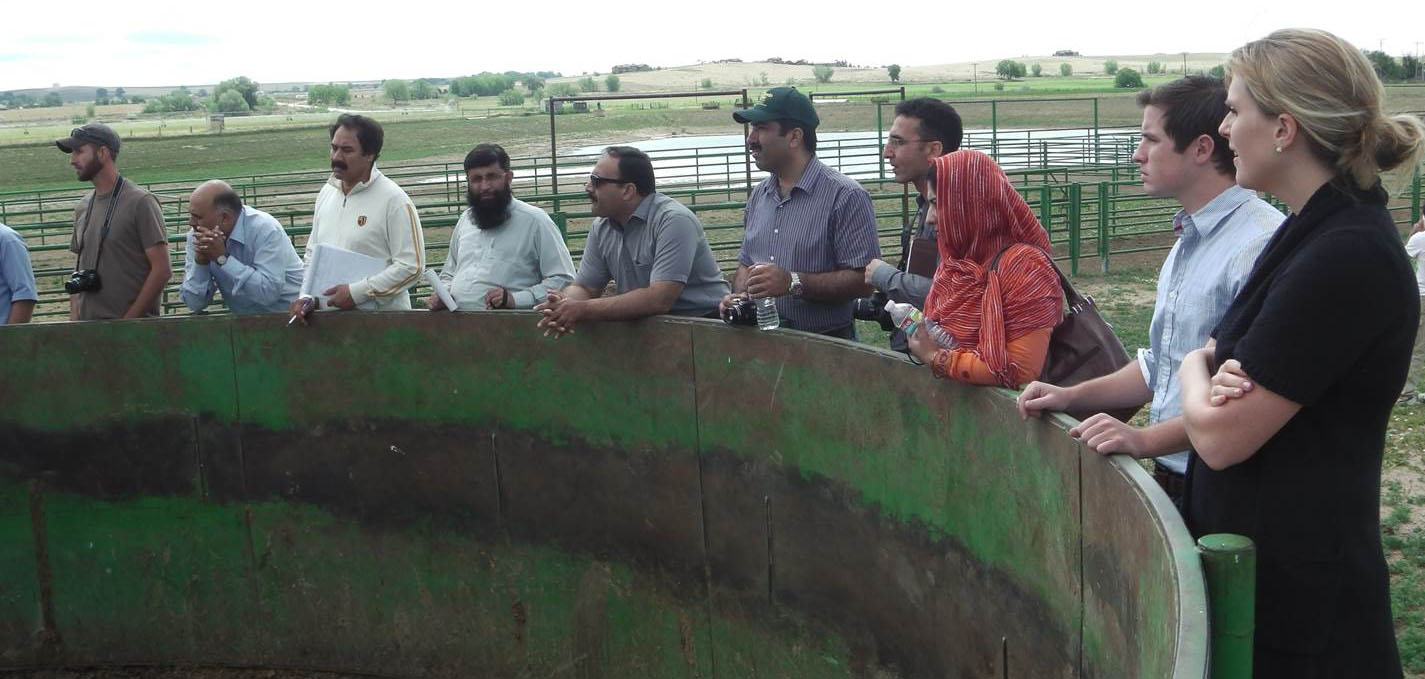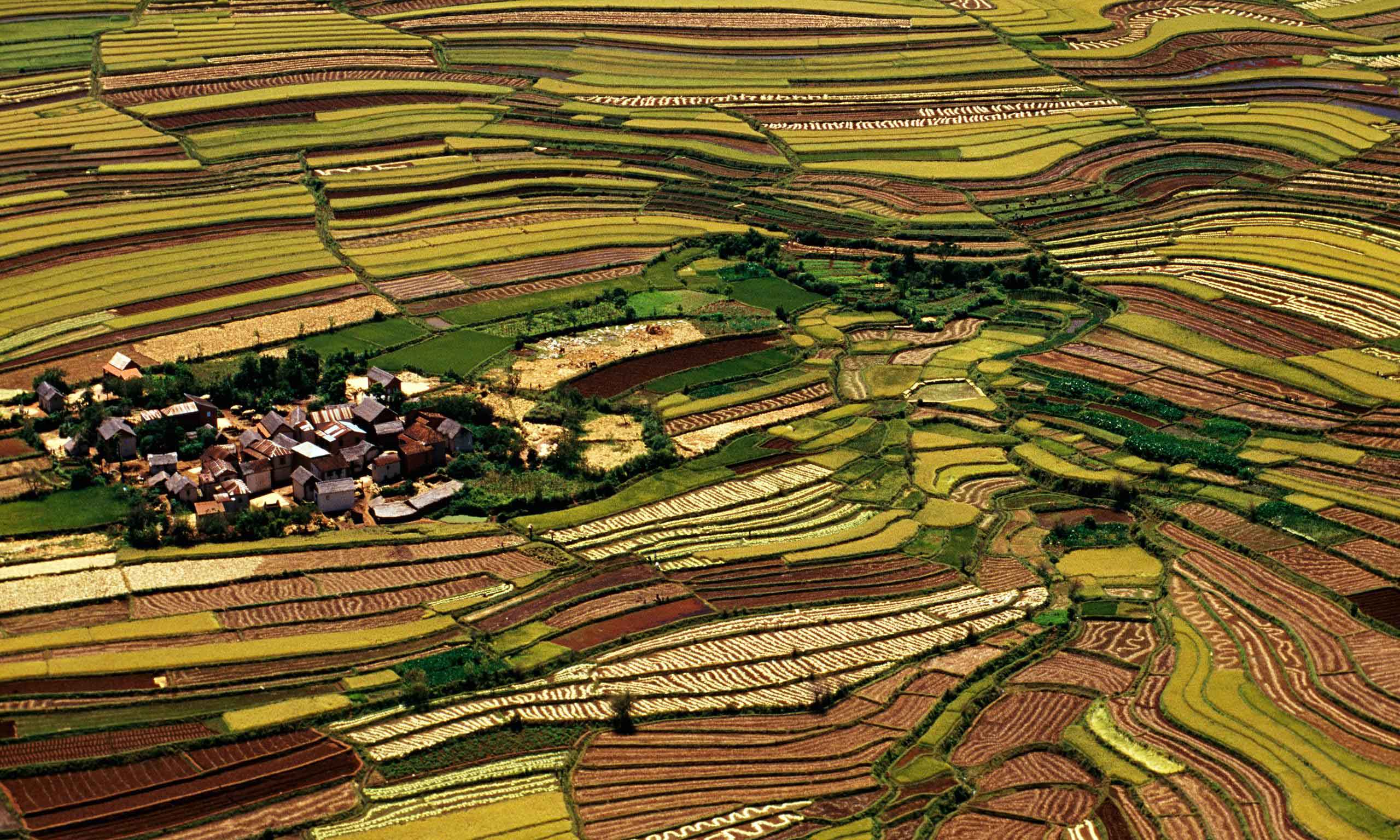Today’s food and agricultural systems have succeeded in supplying large volumes of food to global markets. However, high-external input, resource-intensive agricultural systems have caused massive deforestation, water scarcities, biodiversity loss, soil depletion and high levels of greenhouse gas emissions. Despite significant progress in recent times, hunger and extreme poverty persist as critical global challenges.
Even where poverty has been reduced, pervasive inequalities remain, hindering poverty eradication. Integral to FAO’s Common Vision for Sustainable Food and Agriculture, agroecology is a key part of the global response to this climate of instability, offering a unique approach to meeting significant increases in our food needs of the future while ensuring no one is left behind.

Agroecology is an integrated approach that simultaneously applies ecological and social concepts and principles to the design and management of food and agricultural systems.
It seeks to optimize the interactions between plants, animals, humans and the environment while taking into consideration the social aspects that need to be addressed for a sustainable and fair food system. Agroecology is not a new invention. It can be identified in scientific literature since the 1920s, and has found expression in family farmers’ practices, in grassroots social movements for sustainability and the public policies of various countries around the world. More recently, agroecology has entered the discourse of international and UN institutions.
WHAT MAKES AGROECOLOGY DISTINCT?
Agroecology is fundamentally different from other approaches to sustainable development. It is based on bottom-up and territorial processes, helping to deliver contextualised solutions to local problems. Agroecological innovations are based on the co-creation of knowledge, combining science with the traditional, practical and local knowledge of producers. By enhancing their autonomy and adaptive capacity, agroecology empowers producers and communities as key agents of change.
Rather than tweaking the practices of unsustainable agricultural systems, agroecology seeks to transform food and agricultural systems, addressing the root causes of problems in an integrated way and providing holistic and long-term solutions. This includes an explicit focus on social and economic dimensions of food systems. Agroecology places a strong focus on the rights of women, youth and indigenous peoples.
“Rather than tweaking the practices of unsustainable agricultural systems, agroecology seeks to transform food and agricultural systems…”

WHAT ARE THE 10 ELEMENTS OF AGROECOLOGY?
In guiding countries to transform their food and agricultural systems, to mainstream sustainable agriculture on a large scale3, and to achieve Zero Hunger and multiple other SDGs, the following 10 Elements emanated from the FAO regional seminars on agroecology:
Diversity; synergies; efficiency; resilience; recycling; co-creation and sharing of knowledge (describing common characteristics of agroecological systems, foundational practices and innovation approaches)
Human and social values; culture and food traditions (context features)
Responsible governance; circular and solidarity economy (enabling environment)
The 10 Elements of Agroecology are interlinked and interdependent.

WHY ARE THE 10 ELEMENTS USEFUL AND HOW WILL THEY BE USED?
As an analytical tool, the 10 Elements can help countries to operationalise agroecology. By identifying important properties of agroecological systems and approaches, as well as key considerations in developing an enabling environment for agroecology, the 10 Elements are a guide for policymakers, practitioners and stakeholders in planning, managing and evaluating agroecological transitions.
Read More:
*This article is courtesy of the Food and Agriculture Organization of the United Nations. Read more about the 10 elements of agroecology here.
